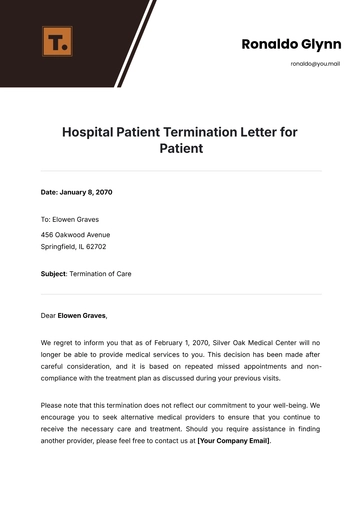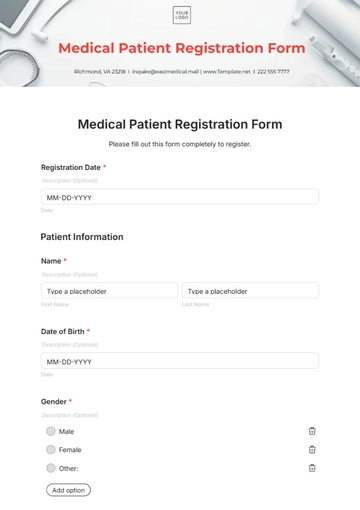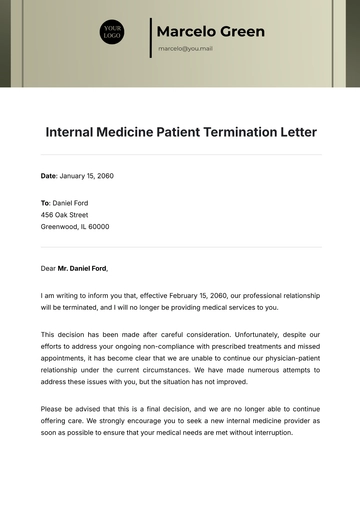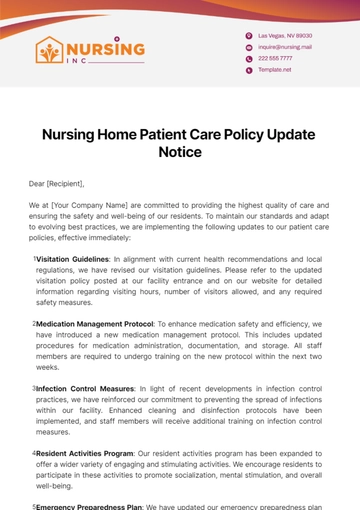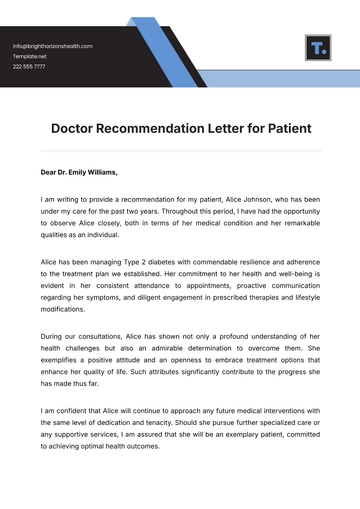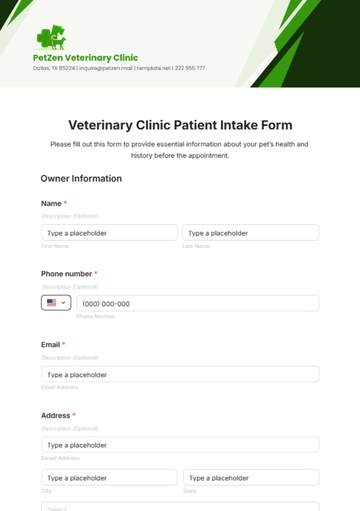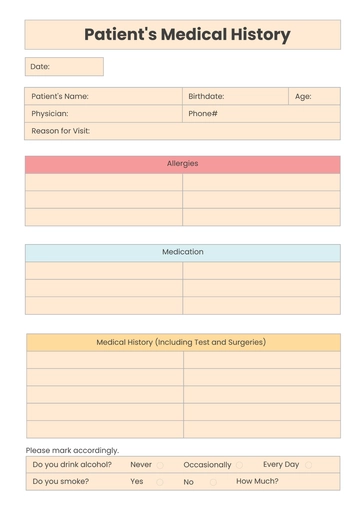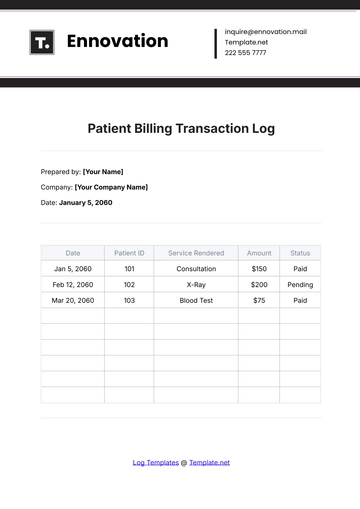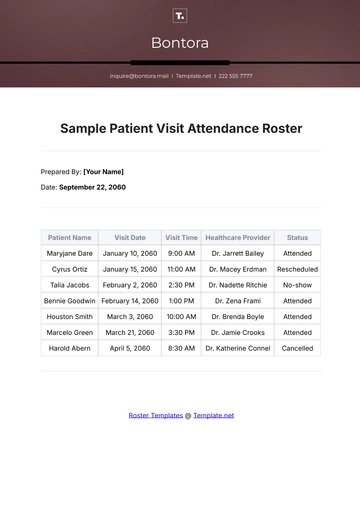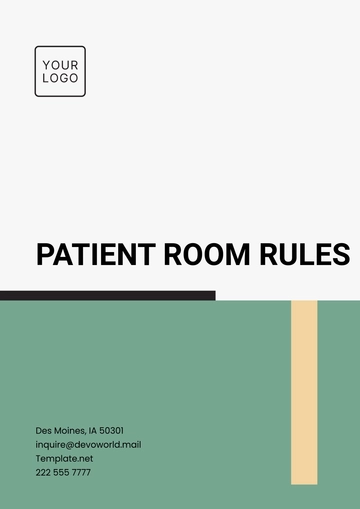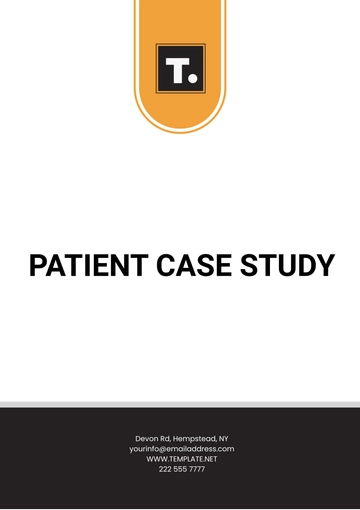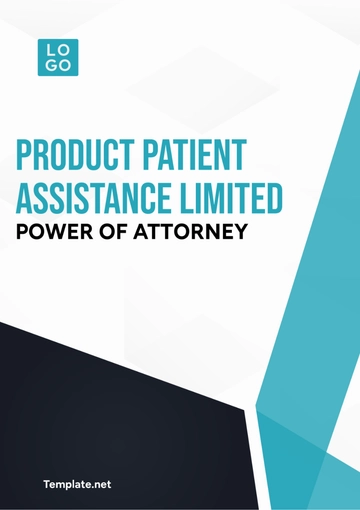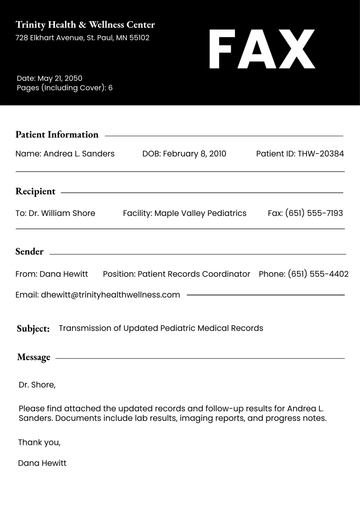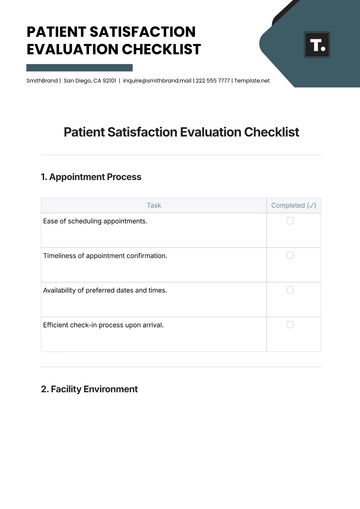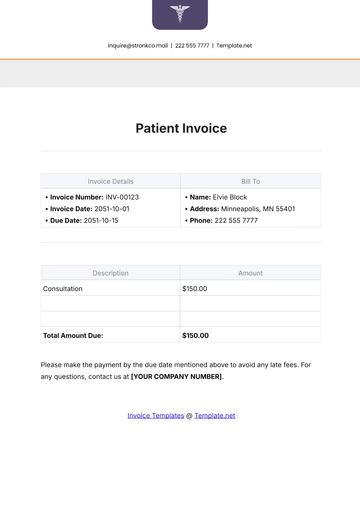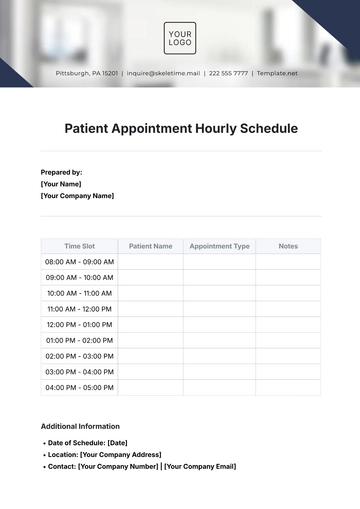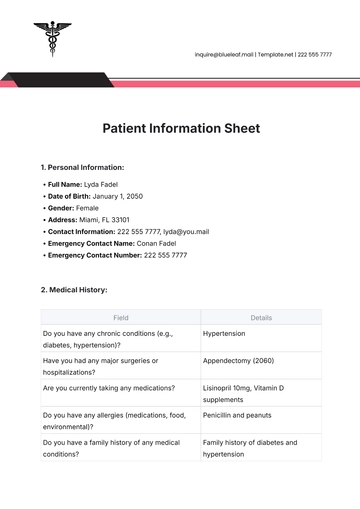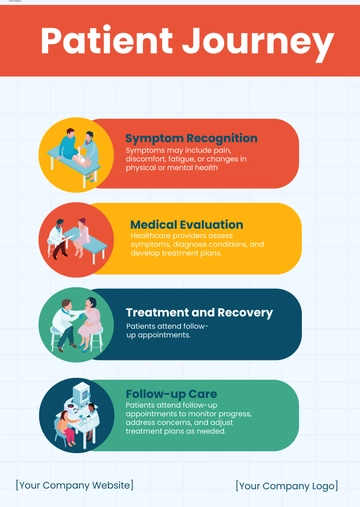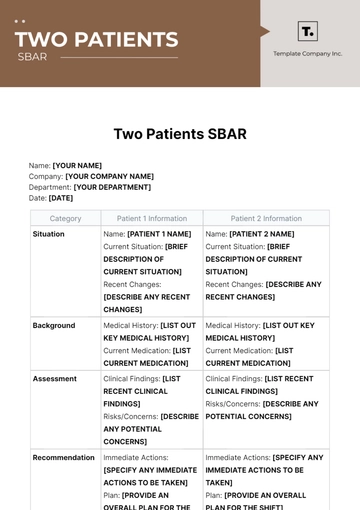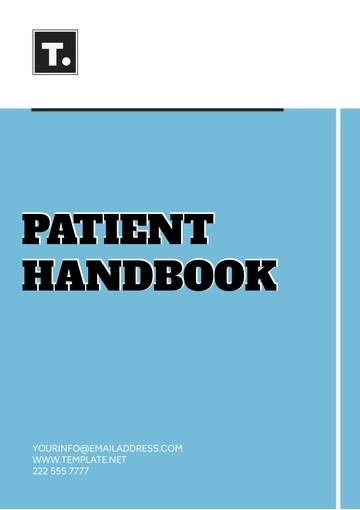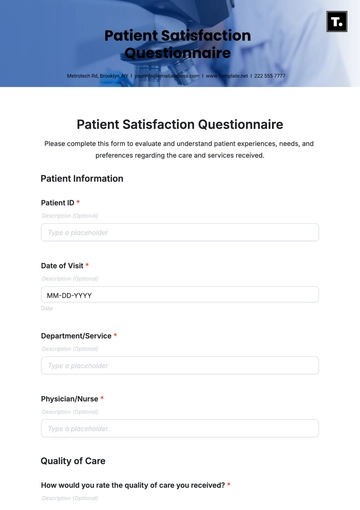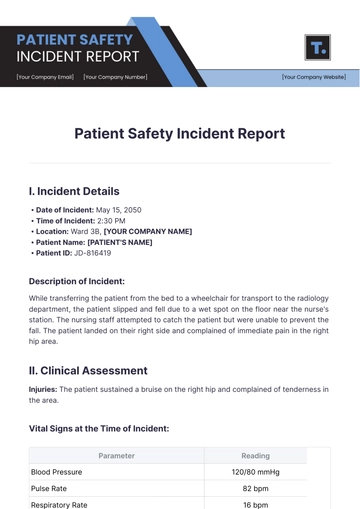Free Patient Case Study
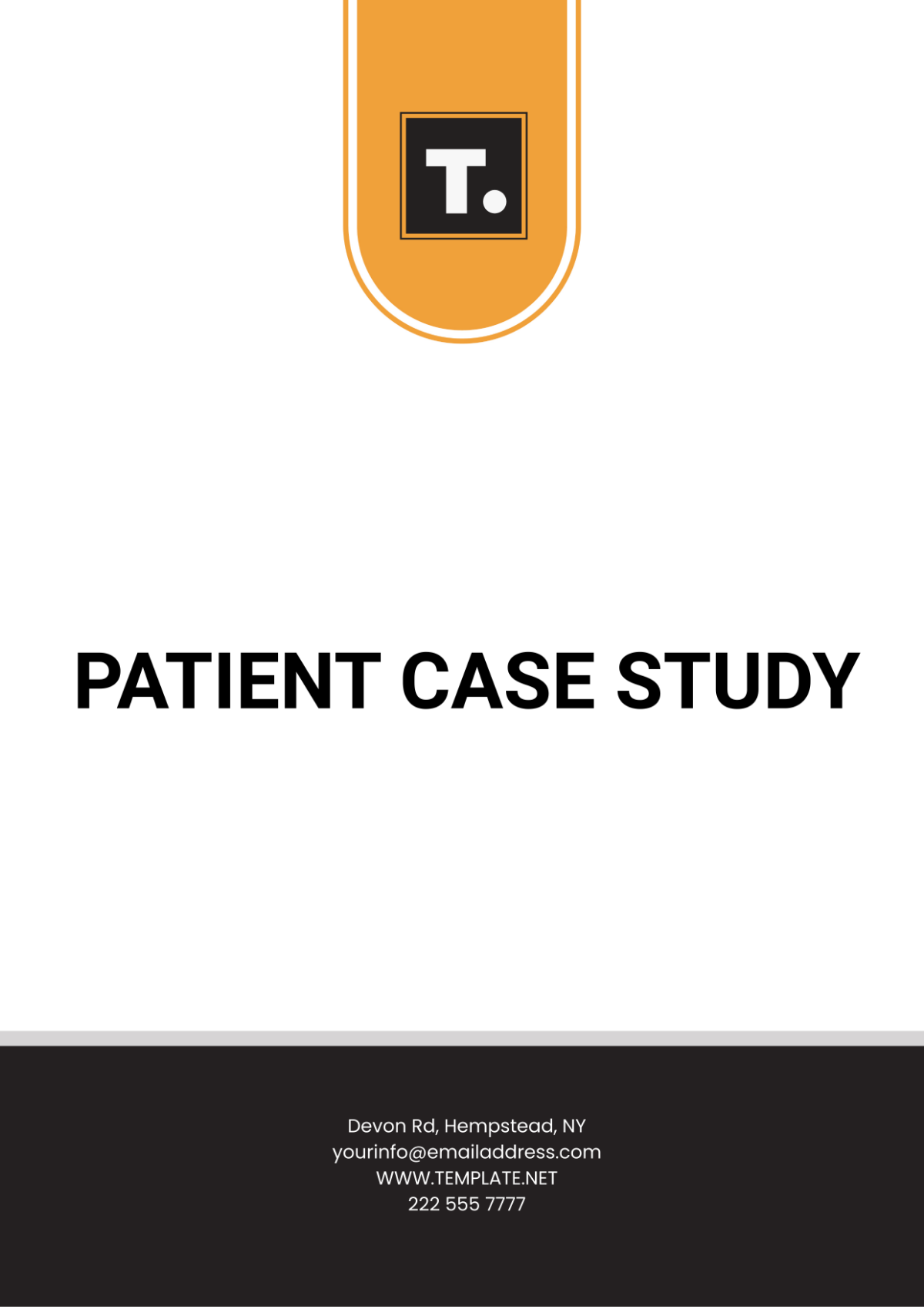
Prepared by: [Your Name]
I. Introduction
This case study examines the medical journey of Lester Nolan, a 38-year-old male with a history of hypertension and type 2 diabetes. Lester Nolan presented with persistent headaches and blurred vision, prompting a thorough investigation into their symptoms and overall health.
II. Patient Background
A. Lester Nolan Profile:
Age: 38
Gender: Male
Occupation: Software Engineer
Ethnicity: Caucasian
B. Medical History:
Previous illnesses: Hypertension, Type 2 Diabetes
Family medical history: Father had a history of heart disease
Allergies: None known
Lifestyle factors: Regular exercise, balanced diet
III. Symptoms Presentation
Lester Nolan presented with persistent headaches and blurred vision, which began two weeks ago. The symptoms are characterized by throbbing pain in the temples and difficulty focusing, with severity rated as moderate. Factors that exacerbate or alleviate the symptoms include stress and rest, respectively.
IV. Diagnostic Assessment
Medical Examinations | Physical examination findings: Elevated blood pressure, visual acuity changes |
Laboratory tests: Complete blood count, lipid profile, fasting glucose | |
Imaging studies: MRI of the brain revealing bilateral occipital lobe lesions | |
Differential Diagnosis | List of potential diagnoses considered: Migraine, hypertensive encephalopathy, cerebral vasculitis |
The rationale for each differential: Headaches with visual disturbances warrant investigation for vascular and neurological etiologies | |
Final Diagnosis | Confirmed diagnosis: Cerebral vasculitis |
Diagnostic criteria met: Brain MRI showing characteristic findings, elevated inflammatory markers | |
Any challenges encountered: Differentiating from other causes of headaches and visual changes |
V. Treatment Plan
Treatment Modalities: | Medications prescribed: | High-dose corticosteroids, immunosuppressants |
Therapeutic procedures: | Plasmapheresis | |
Lifestyle modifications: | Stress reduction techniques, dietary modifications | |
Patient Response: | Adverse reactions: | Mild insomnia with corticosteroid therapy |
Treatment efficacy: | Reduction in headache frequency and improvement in visual symptoms | |
Compliance with treatment plan: | Good adherence reported |
VI. Clinical Outcome
Follow-up Assessments: | Short-term outcomes: | Resolution of visual disturbances, reduction in inflammatory markers |
Long-term prognosis: | Monitoring for relapse and complications | |
Complications and Adverse Events: | Any complications encountered: | None reported |
Management strategies: | Continued immunosuppressive therapy | |
Patient Satisfaction: | Patient feedback: | Expressed gratitude for symptom improvement |
Quality of life improvements: | Return to normal activities |
VII. Discussion
The discussion section provides an in-depth analysis of Lester Nolan's case, highlighting the significance of the findings, implications for clinical practice, and potential areas for further research. It explores the challenges faced during diagnosis and treatment, as well as the broader implications for similar cases.
VIII. Conclusion
In conclusion, Lester Nolan's case underscores the importance of thorough diagnostic assessment and personalized treatment approaches. By understanding the complexities of individual cases, healthcare professionals can optimize patient care and contribute to advancing medical knowledge. Lester Nolan's journey serves as a valuable learning experience for medical professionals and researchers alike.
IX. References
Smith, A. et al. (2050). "Cerebral Vasculitis: Diagnosis and Management." Journal of Neurology and Neurosurgery.
National Institutes of Health. (2050). "Guidelines for the Management of Hypertension." NIH Publication No. 123-4567.
Jones, B. et al. (2050). "Immunosuppressive Therapy in Cerebral Vasculitis." Journal of Neurological Sciences.
- 100% Customizable, free editor
- Access 1 Million+ Templates, photo’s & graphics
- Download or share as a template
- Click and replace photos, graphics, text, backgrounds
- Resize, crop, AI write & more
- Access advanced editor
Enhance and Discover the Patient Case Study Template from Template.net - your solution for streamlined healthcare documentation. Crafted with convenience in mind, this editable and customizable template offers unparalleled flexibility. Seamlessly edit in our Ai Editor Tool to tailor each case study to your exact specifications. Elevate your medical records effortlessly.

